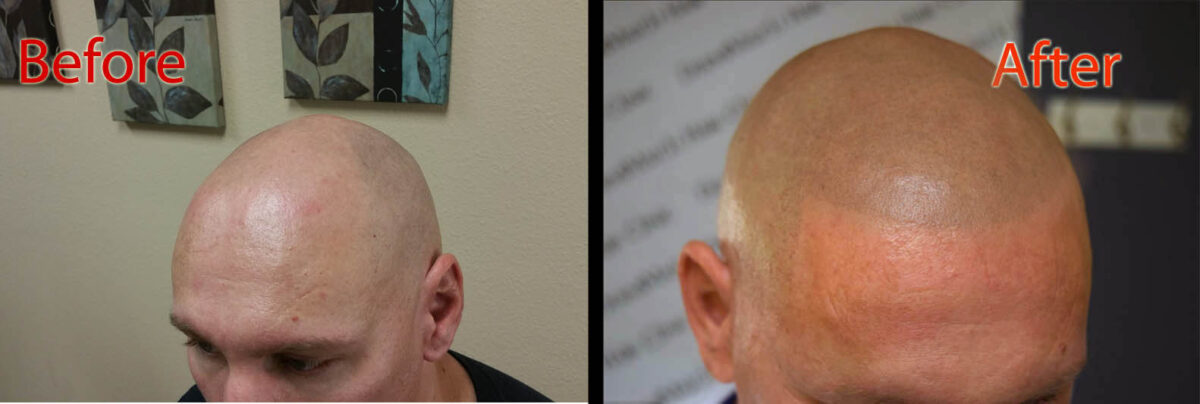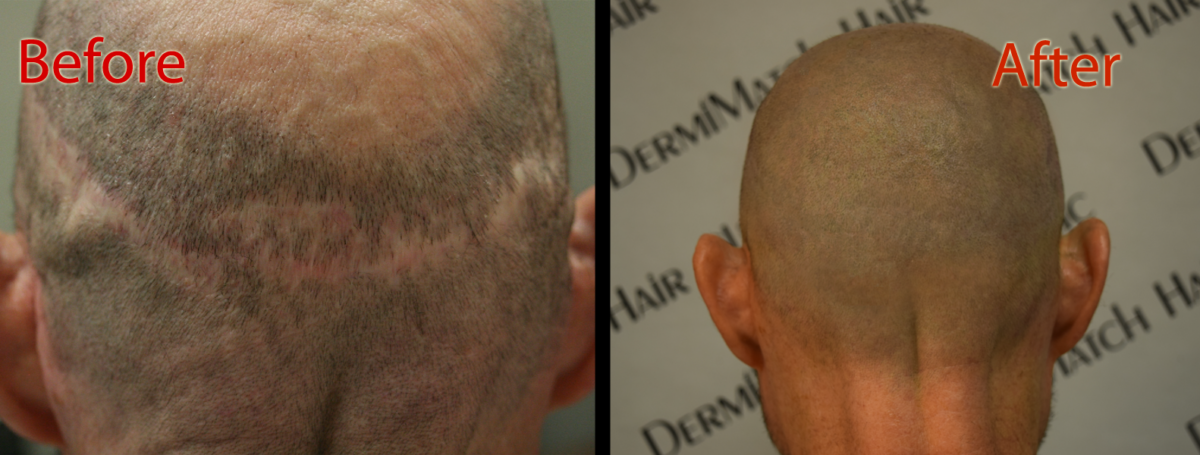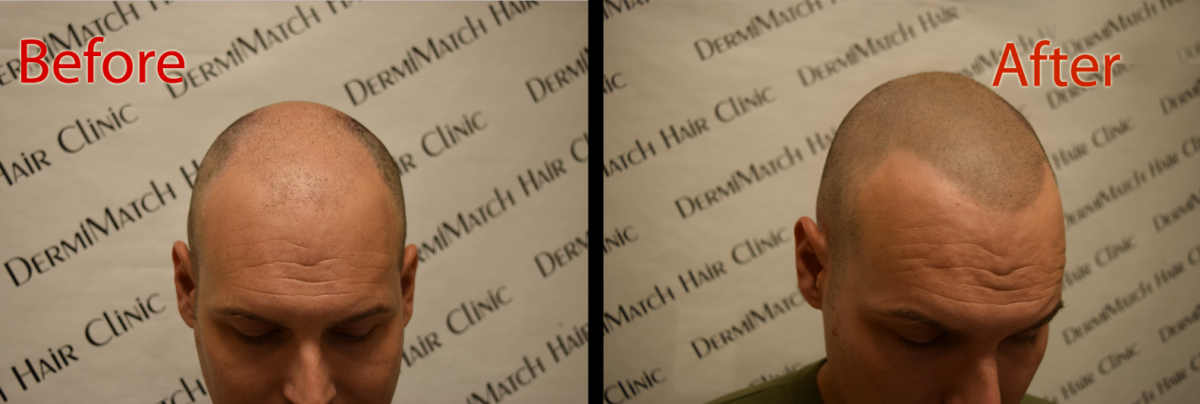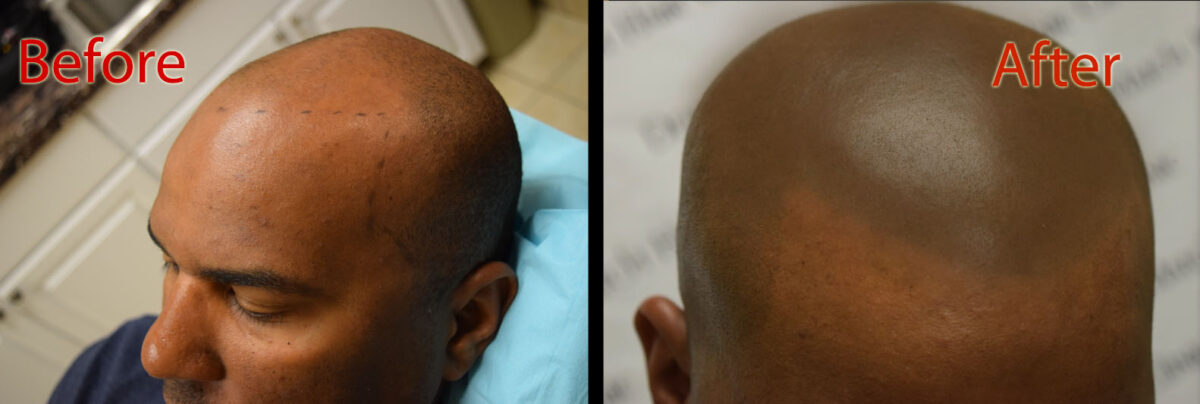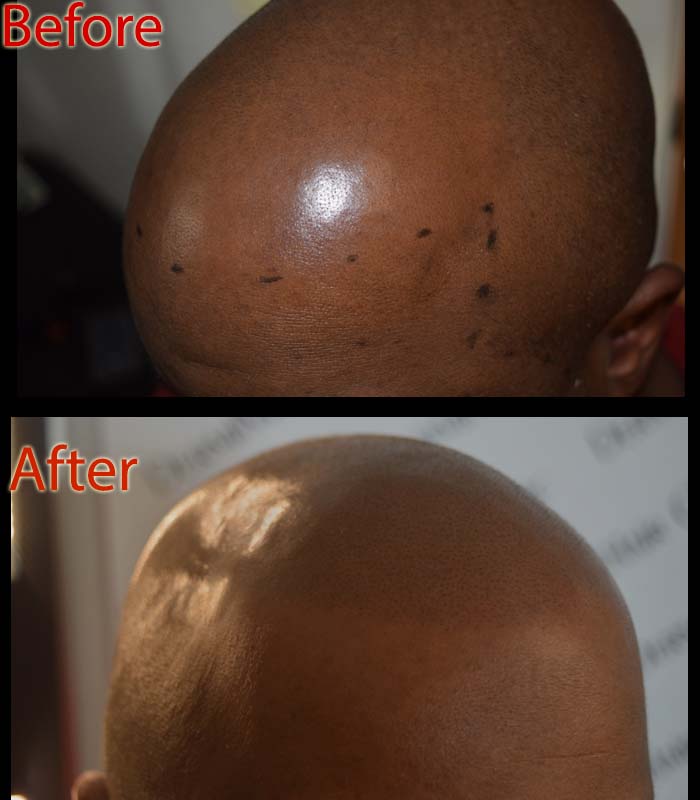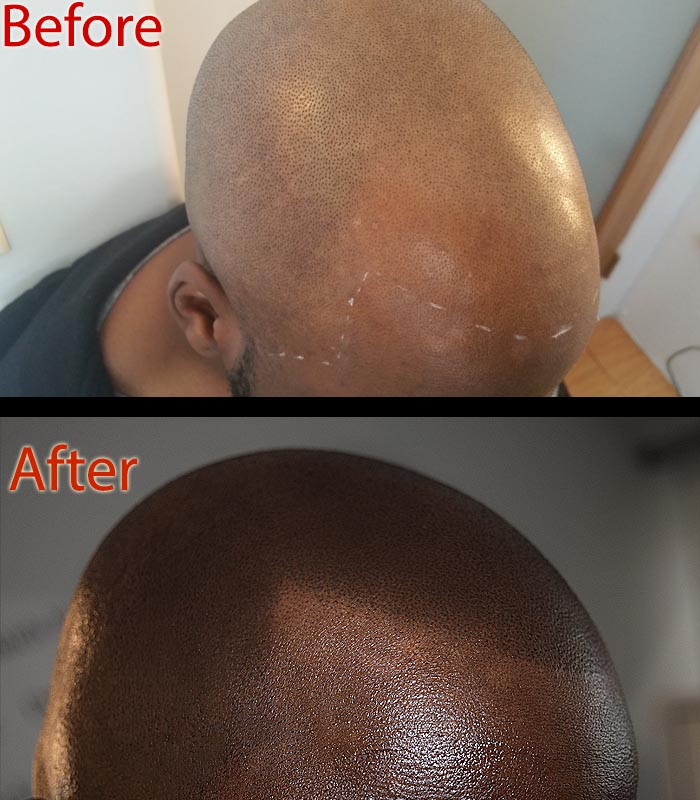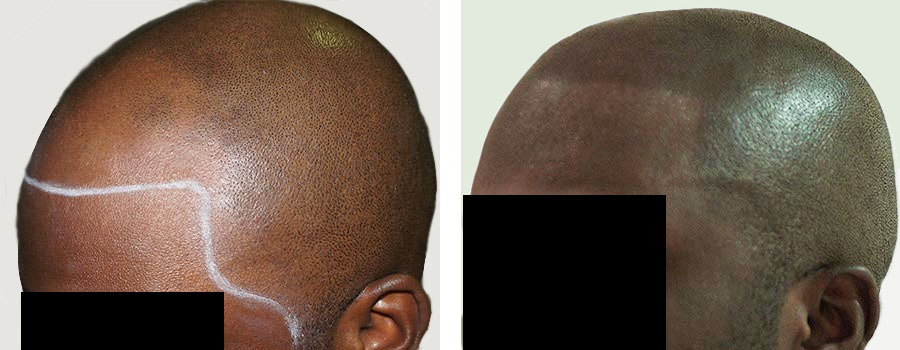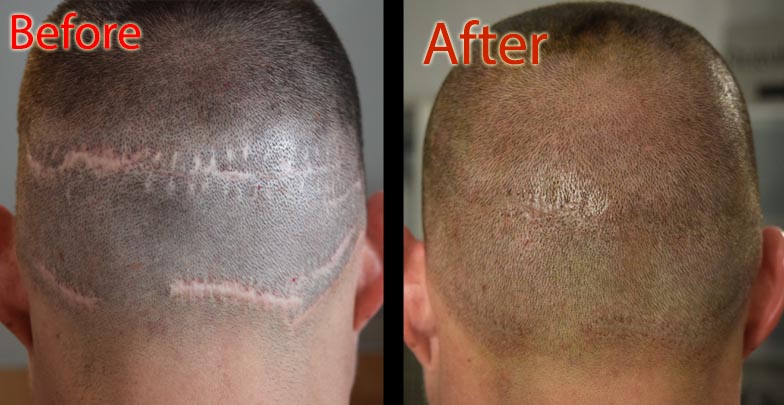Pattern baldness, known as androgenetic alopecia, is the most common reason for hair loss in the United States. Unfortunately, it impacts millions of men and women. Since it affects both genders, it shows up differently in men and women. While male pattern baldness often starts with a receding hairline or thinning crown, pattern hair loss in women shows up as diffuse thinning across the scalp. But is pattern baldness genetic? Yes!
Pattern Baldness Genetic Connection Real?
Let’s explore how genes and hormones drive hair loss.
Hair loss that runs in families is mainly controlled by a gene called the “androgen receptor gene.” Men get this gene from their mothers. It determines sensitivity of your hair follicles to a hormone called DHT, which is made from testosterone.
In people who experience pattern baldness, DHT causes follicle shrinkage over time. As follicles get smaller, they produce thinner hairs, and eventually may stop producing hair altogether. That’s what causes the baldness pattern.
If your father or grandfather went bald, your chances of going bald are higher. Research shows that about 80% of pattern baldness is due to genetics rather than other factors.
However, it is wrong to put the blame on your mother alone. In fact, having bald relatives on either side of your family increases your risk. When this gene is present, it makes your hair follicles sensitive to DHT, which gradually shrinks them until baldness occurs.
Factors Beyond Genetics
Genetics isn’t the only factor in genetic baldness. Hormonal hair loss from a hormonal imbalance, stress, or poor scalp health can worsen hair shedding. DHT only triggers loss if you’re genetically wired for it—like a lock needing the right key.
This is why siblings might see different outcomes: one keeps a widow’s peak, the other faces a bare scalp. Age and lifestyle amplify alopecia causes, but DNA sets the foundation for hairline recession or crown thinning.
Treatment Options and Pattern Baldness Genetic Limits
For those exploring hair loss treatment, understanding DHT hair loss guides the way. Minoxidil enhances scalp circulation and spurs follicles, while finasteride cuts DHT levels—both address symptoms, not genes.
Hair transplants move DHT-resistant hairs to thinning zones, tapping into hair regrowth genetics. Natural aids like biotin supplements or scalp massage might boost hair density, but they can’t erase inherited thinning.
Scalp Micropigmentation for Pattern Baldness
If chasing a male baldness cure or battling female hair thinning feels daunting, scalp micropigmentation (SMP) offers a safe, non-invasive fix. What makes this technique special is that it involves tattooing pigment onto the scalp, mimicking a buzzed style or fuller hair density.
Unlike hair transplants with grafts or finasteride with side effects, SMP does not come with a lot of risks. Instead it helps hide bald patches, enhance a receding hairline, or thicken thinning areas. While it doesn’t reverse genetic hair loss, SMP delivers quick natural-looking results. With SMP, you can get a confidence boost for managing pattern baldness genetic connection.
Choose only the best SMP artists in Arizona for the job. Schedule a consultation with the best names in the Arizona SMP industry. Connect with DermiMatch Clinic specialists today!

